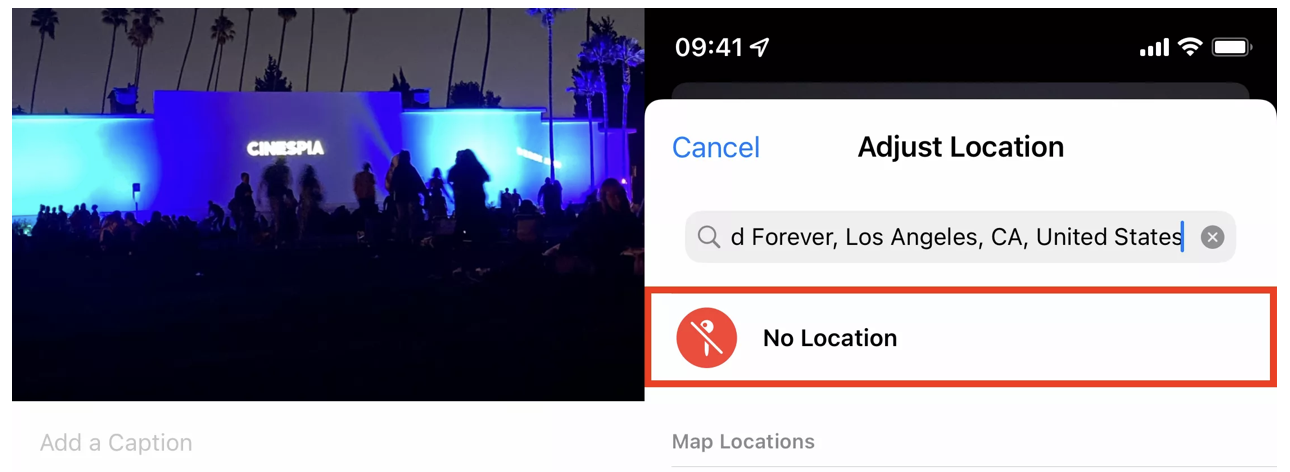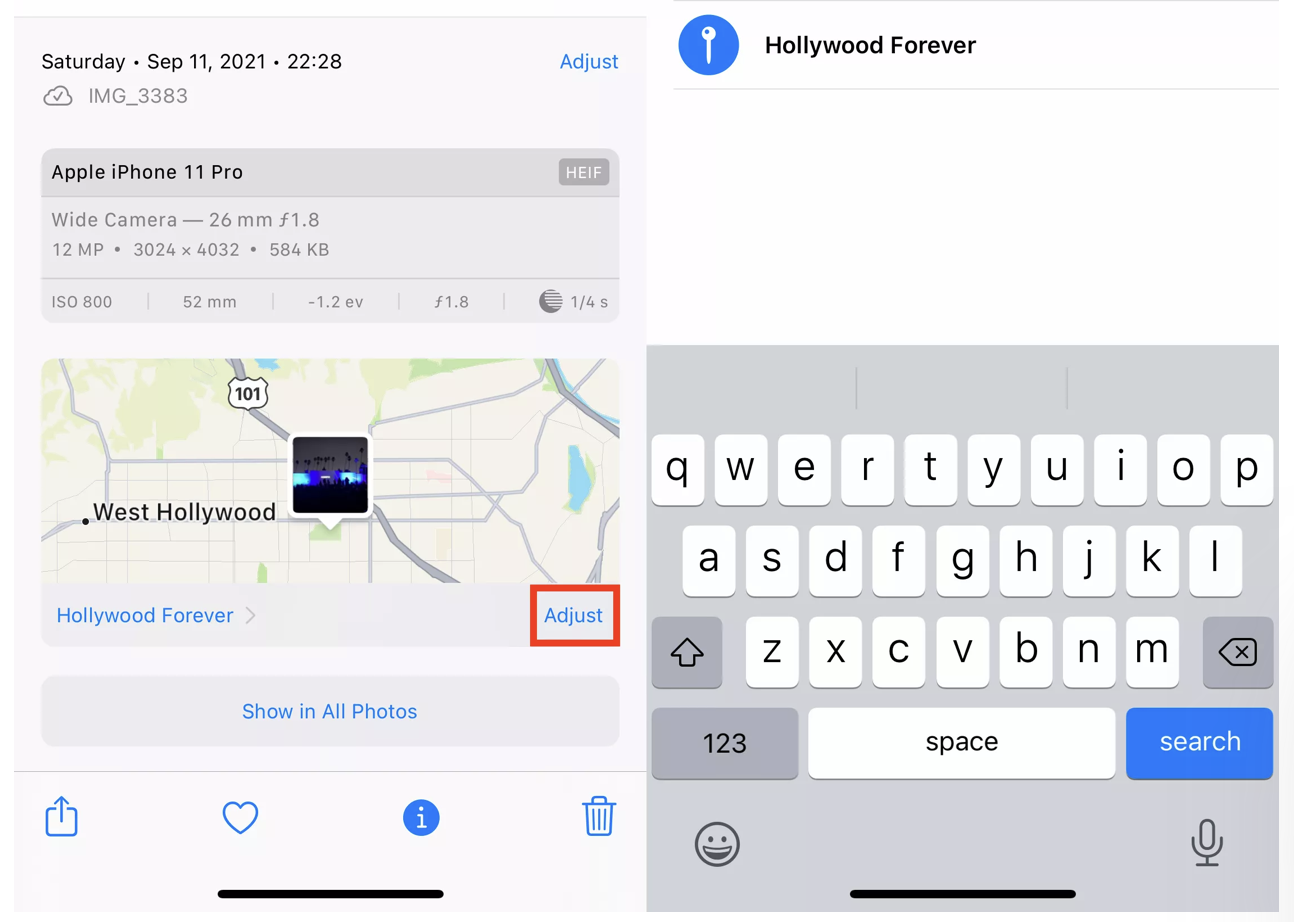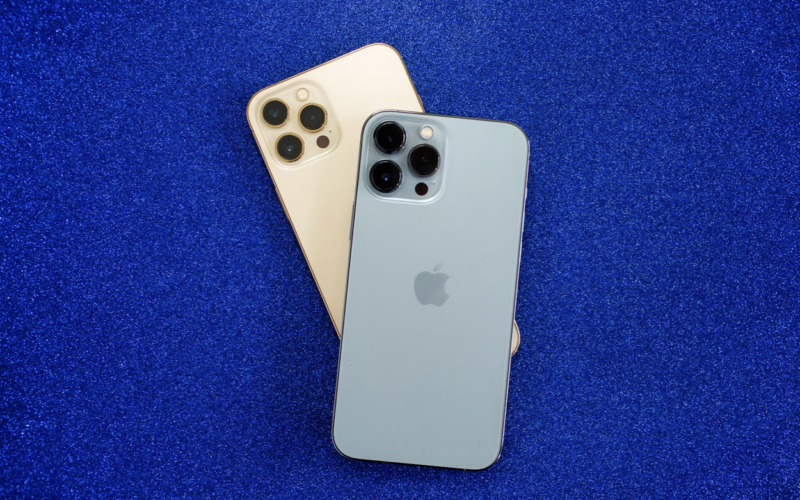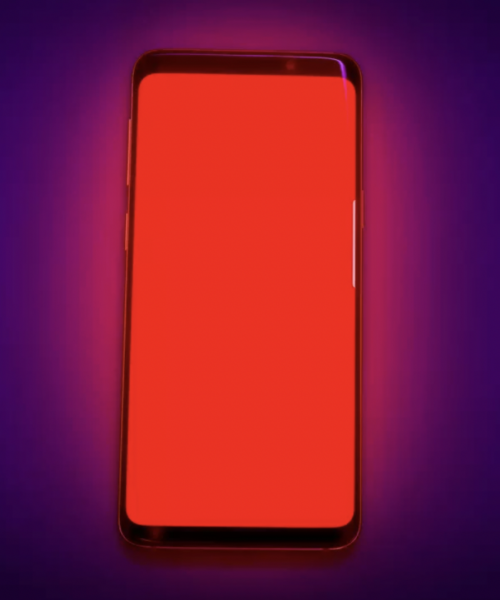Nelson Aguilar | CNET.Com
Troy Warren for CNT #Technology
Each photo you take on your smartphone contains hidden information that could share where you live, work and frequently visit.
It’s no surprise that your iPhone keeps track of the places you go. Usually, it’s for a good reason: Location tracking is the reason many of your apps function, from directions in Google Maps to looking for a nearby restaurant on Yelp. That location awareness extends to the images in your Photos app, too.
Anytime you snap a photo or record a video with your iPhone, it creates information about the file — including the creation date and your location — and then buries this data, known more specifically as “metadata,” within your media.
Although metadata has useful and even essential purposes, it can quickly become a privacy issue — especially when it comes to your location. If someone has access to the photos you saved on their smartphone, they can easily scour the metadata to identify locations and discover where you live or where you work.
Fortunately, with the release of iOS 15, Apple has made it easy to remove (or even spoof) your location from photos and videos you take on your iPhone, so that prying eyes can’t potentially see where you are. We’ll explain how to do it. For more on iPhone privacy, check out privacy settings you need to double check, how to prevent ads from tracking you across the web and Safari browser privacy settings to change.
What exactly is photo metadata? The TL;DR version
Nearly every photo you take on your iPhone has a batch of hidden information stored within: metadata. This metadata — known more specifically as EXIF data for images — contains descriptive information that makes each image unique. That includes the creation date, camera information and settings, location and more.
This information allows apps to quickly identify photos and organize them. On your iPhone, it’s why you can do something like arrange your photos by date taken, or why iOS can create those personalized Memories videos of you on vacation.
So metadata is extremely useful, unless it gets in the wrong hands. If anyone can see the metadata, they’d likely discover where you go and live, and that could become a problem. If that gives you the creeps, you may want to strip the location metadata from your photos and videos.
How to remove your iPhone photo’s location information
Underneath every photo you take on your iPhone, you can see a map showing the approximate location of where the photo was taken. Here’s how to access this information and remove a photo’s location:
1. In the Photos app, navigate to the photo you want to adjust.
2. Now, either swipe up on the photo or tap the info (i) button to view the photo’s information.
3. Next, tap Adjust on the bottom right corner of the map. This will show the exact address or location where the photo was taken.
4. Finally, tap No Location. You’ll be redirected back to the photo’s information, where the map will then disappear and the location metadata will be gone.


How to spoof a photo’s location metadata
If you don’t want to remove the location metadata, you can always spoof it, which means you assign another location to a photo instead. Although removing the location is preferred for privacy reasons, spoofing could make someone think you’re somewhere else, such as in another country.
1. Go back into the Photos app, choose a photo, and swipe up to view the photo’s information.
2. In the map that appears, tap Adjust.
3. At the top of the Adjust Location page, enter a location or address into the search area. As you type, suggestions will appear underneath.
4. Choose the location you want to give the photo. This will become the photo’s new location stored in the metadata.
In Other NEWS



































